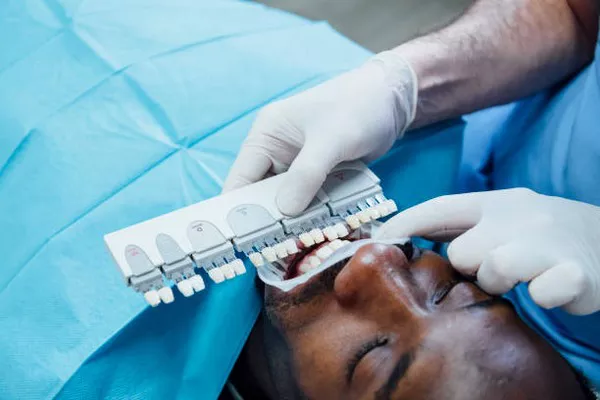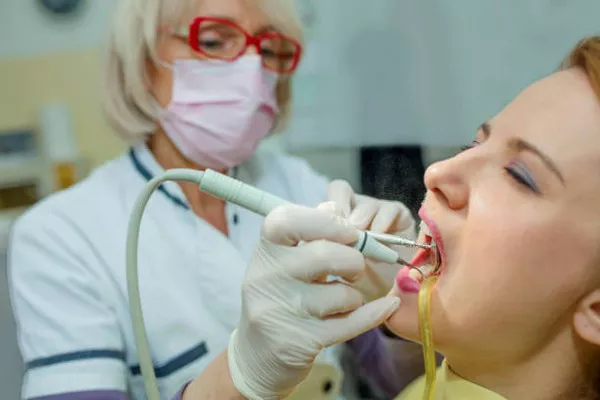Periodontitis is a common gum disease that can affect people of any age. This condition is caused by bacterial infection that can damage the tissues surrounding the teeth, leading to tooth loss if left untreated. While periodontitis may not show obvious symptoms in its early stages, it can progress rapidly and cause significant damage to oral health.
In this article, we will discuss what periodontitis looks like, including the symptoms and signs that indicate the presence of this condition.
What is Periodontitis?
Periodontitis is an advanced form of gum disease that can cause damage to the gums, teeth, and bones supporting the teeth. This condition occurs when plaque and tartar build-up on the teeth and gums, leading to inflammation and infection. If left untreated, periodontitis can lead to severe dental problems such as tooth loss, gum recession, and bone loss.
Symptoms of Periodontitis
The symptoms of periodontitis may vary depending on the severity of the condition. However, there are some common signs that may indicate the presence of this gum disease:
Swollen or Red Gums
Gums affected by periodontitis may appear swollen, red, and tender to the touch. The gums may also bleed easily when brushed or flossed.
Bad Breath
Periodontitis can cause persistent bad breath or a foul taste in the mouth due to the presence of bacteria.
Receding Gums
As the disease progresses, the gums may begin to recede or pull away from the teeth. This can make the teeth appear longer than normal and create gaps between them.
Loose Teeth
Periodontitis can cause the teeth to loosen and shift out of position. In severe cases, tooth loss may occur.
Pus Around Teeth and Gums
Advanced periodontitis can cause the formation of pockets between the teeth and gums, which can become infected with bacteria. This can lead to the formation of pus around the teeth and gums.
Pain or Discomfort
Periodontitis can cause pain or discomfort in the gums and teeth, especially when biting or chewing.
Changes in Bite
Changes in the bite may occur as the teeth shift out of position due to periodontitis.
Diagnosis of Periodontitis
A dental professional can diagnose periodontitis through a comprehensive oral examination that includes a review of the patient’s medical history and a physical examination of the mouth. In addition, diagnostic tests such as x-rays and periodontal probing may be used to assess the severity of the condition and determine the appropriate treatment.
Treatment for Periodontitis
The treatment for periodontitis depends on the severity of the condition. In its early stages, periodontitis can be treated with non-surgical methods such as scaling and root planing, which involves deep cleaning of the teeth and gums to remove plaque and tartar. Antibiotics may also be prescribed to eliminate bacterial infection.
In more severe cases, surgical intervention may be necessary to remove damaged tissue and repair the damage caused by periodontitis. Procedures such as bone grafting and gum grafting may be used to restore the structure and function of the teeth and gums.
Prevention of Periodontitis
Preventing periodontitis requires good oral hygiene practices and regular dental check-ups. Brushing twice a day, flossing once daily, and using an antiseptic mouthwash can remove plaque and prevent bacterial growth. Regular dental check-ups can also help detect and treat any oral health issues before they progress to a more advanced stage.
Conclusion
Periodontitis is a serious gum disease that can cause significant damage to oral health if left untreated. The symptoms of periodontitis include swollen or red gums, bad breath, receding gums, loose teeth, pus around teeth and gums, pain or discomfort, and changes in bite. Early detection and treatment of periodontitis are essential to prevent further damage and maintain healthy gums and teeth. By practicing good oral hygiene habits and seeking regular dental care, individuals can reduce their risk of developing periodontitis and other oral health problems.
Related Topics:





























